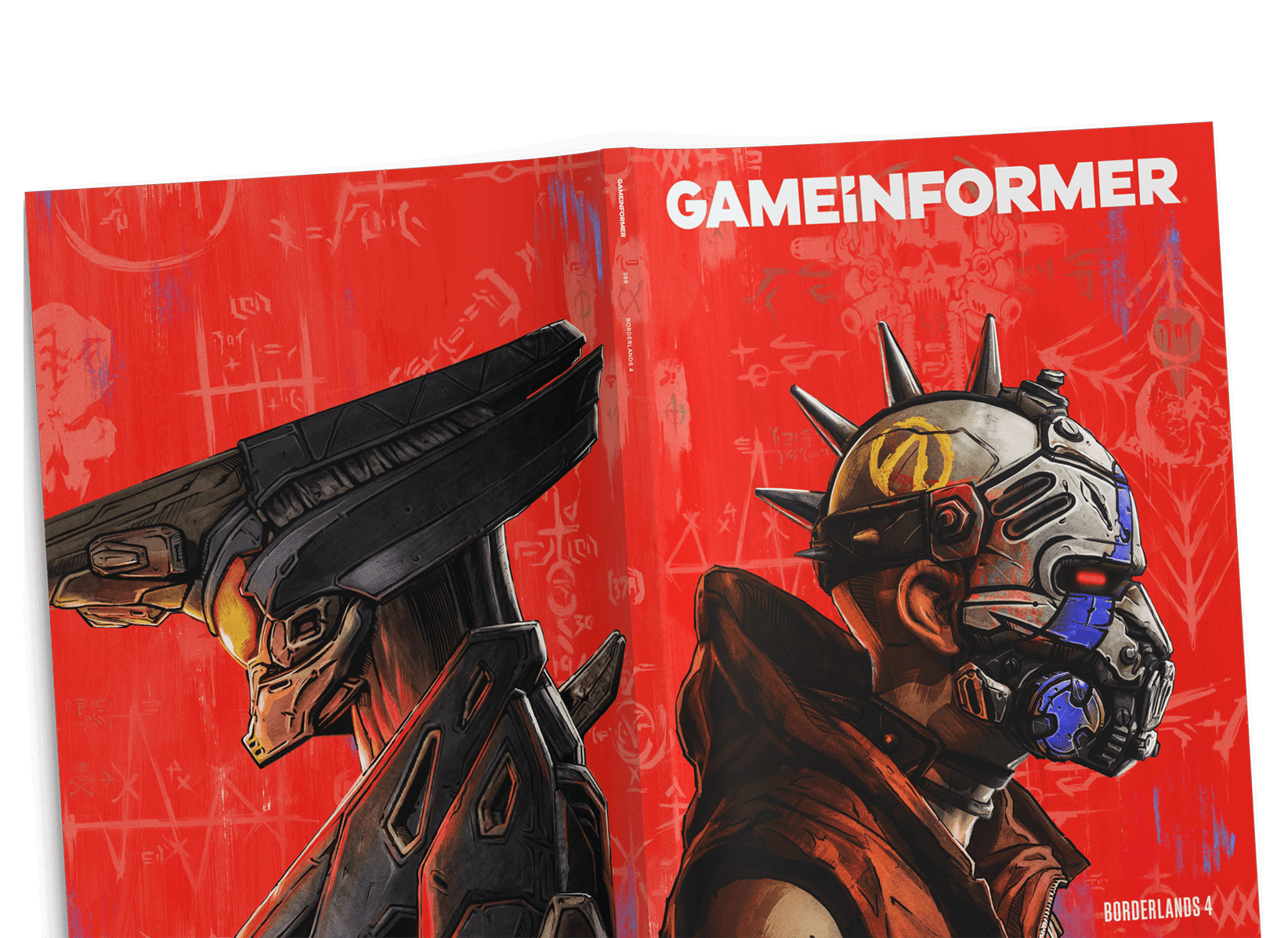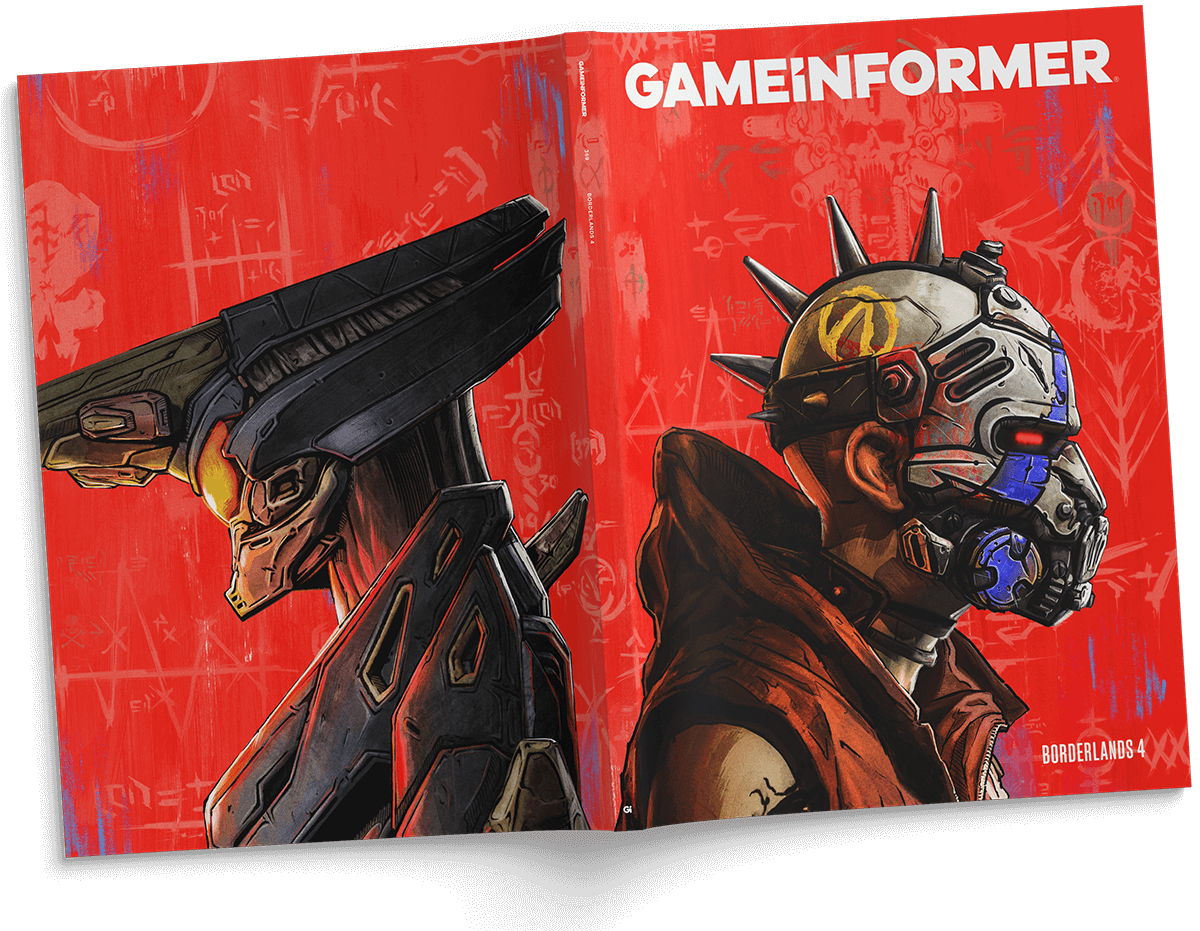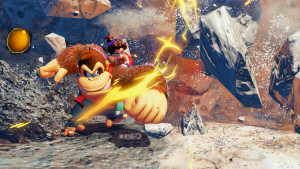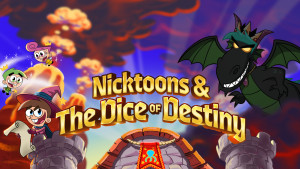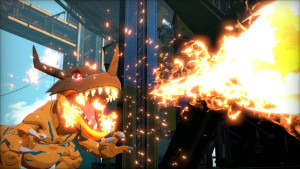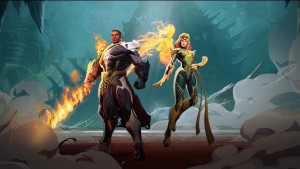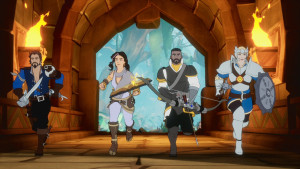Holiday Weekend Flash Sale! Subscribe Now
The Mythos Behind Twitch Plays Pokémon
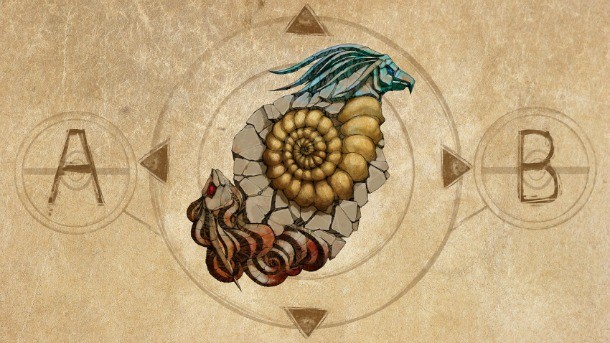 image via tumblr
image via tumblr
For those unaware, some crazy stuff happened during the stream of Twitch Plays Pokémon, the Twitch channel that lets you play Pokémon with a lot of other people by typing commands into chat. Perhaps the most fascinating aspect of the stream was that internet users formed a whole mythology involving a deity made out of a shell, Pokémon lost to evil trickery, and more. That such a mythos could form over the Internet and take on multiple narratives over the course of a few weeks was both an incredible and hilarious thing to watch. Let’s explore how and why such a thing happened.
Creation of Worship
The mythology that culminated over the course of the live stream all began at Mt. Moon, the cave area after defeating Brock in Pewter City. Here, Red, the chat-controlled player, faced a “Super Nerd,” who rewarded Red with a choice of two fossils after defeating him: the Helix Fossil or the Dome Fossil. The Twitch chat chose the Helix Fossil. The Helix Fossil can eventually be restored into the Pokemon Omanyte far later in the game, but up until that point, it serves no purpose.
Due to the large volume of chat commands being input at once, random selection of items quickly became a constant occurrence during battles. Despite the Helix Fossil having no use in combat, it became very common to select the Helix Fossil during battles. This happened so often it became a running gag that the Helix Fossil was being consulted for guidance every time it was selected. As the stream kept progressing and Red kept defeating trainers despite the handicap of the input delay, the worship of the Helix Fossil grew stronger, and it was dubbed Lord Helix. Pretty soon, it grew past the point of a gag, and Lord Helix took on the status of a god to be praised by the chat.
A community will pick a leader
Anthropology 101 tells us that everything we do revolves around symbols. Symbols are what guide a group of people; agreed-upon symbols are what help form a community. Anthropology also tells us most, if not all, communities have a leader or alpha male of the group, whether that group is a tribe or a city. Usually a leader is decided upon because he/she is strong, charismatic, or has some other trait to be admired. The Twitch Plays Pokémon chat quickly became a community as a bunch of users all invested in a common idea. It follows that they would want a leader to champion their cause, but the entire community is comprised of anonymous Internet users. Without a clear actual person to follow, the chat chose a symbol to follow, and an online cult was born.
 via Reddit
via Reddit
Assigning Roles
Early in the stream, a Pidgey was caught, which quickly evolved into Pidgeotto and then into Pidgeot. Pidgeot became the party’s strongest Pokémon by far, and was beloved by the chat for winning battles by himself multiple times when the rest of the party had fainted. He became labeled as a savior figure and was coined the affectionate nickname of referred to as Bird Jesus, a warrior and savior in the name of Helix. With the Helix Fossil and Bird Jesus assigned to the roles of good, the chat naturally created the narrative that the Dome Fossil was the source of evil. Those who wanted the Pokémon trainer to succeed worshipped Helix and on those who wanted failure were followers of the Dome.
These binaries between Helix and Dome became somewhat more nuanced when the Democracy/Anarchy system was introduced. At one point in the game, there was a maze that was so hard to get through that the chat had tried and failed for over 24 hours to succeed. The creator of Twitch Plays Pokémon (who still remains anonymous) created a system where if enough people type "democracy" into the Twitch chat, the game would enter Democracy mode, whereby users could vote for the move (up, down, left, right, a, b, or start) they wanted Red to make. After a timer of 20 seconds, whichever move had the most tallies would be the action Red took. If enough users typed "anarchy" into the chat, the game would reenter the mode it was originally in. They eventually got through the maze with Democracy, but despite this, many believed the game should only be played in Anarchy mode, as that was the way it was originally designed. Those who preferred Anarchy were on the side of Helix, and anyone promoting a switch to Democracy was labeled on the side of Dome.
Everyone loves a good story
Humans are storytellers by nature. Cultures form through storytelling, whether conveyed in books or by word of mouth. With so many online viewers sporting their own ideas and an ability to post their thoughts online, the formation a narrative around the journey of Red in Twitch Plays Pokémon was inevitable. With the worship of Lord Helix being the first idea gaining traction, the rest of the narrative ideas evolved from that mythology.
Every story needs a protagonist and an antagonist. Bird Jesus was adopted as the protagonist, and the Dome Fossil became the antagonist, as it was the opposing choice to The Helix Fossil. The Pokemon Flareon would soon become the icon for The Dome Fossil.
 via Reddit
via Reddit
The False Prophet
The narrative grew more complex when Flareon came into the fold. The live stream came to the point where they had to assign the move “Surf” to a Pokémon in order to cross over bodies of water. This move can only be assigned to a water-type Pokémon. They put an Eevee in to fill the last slot of their party, a unique Pokémon that can evolve into many different forms. If the chat bought a water stone and used it on Eevee, it would become Vaporeon, a water Pokémon that could learn “Surf.” This was the hope. Instead, through the randomness of chat input, they bought a fire stone and evolved Eevee into Flareon, the opposite of what everyone wanted.
Now in order to obtain a water Pokémon, the community tried to deposit Flareon into the PC to make room for a final member of the party later on that could learn "Surf." Instead, when trying to deposit Flareon, they accidentally released their starter Pokémon Charmeleon, and another Pokémon, Rattata, into the wild, losing them forever. They also accidentally deposited the Helix Fossil in the PC.
The chat blamed the tragedy on Flareon, who became labeled as a false prophet, an agent of the Dome Fossil sent to lead Red astray. Later, the chat came back to the PC, withdrew the Helix Fossil and deposited Flareon along with Drowsee. Later still, Flareon was released from the PC while Drowsee was retained, an improbable occurrence which caused much rejoicing by the Twitch Plays Pokémon community. Drowsee became known as "The Keeper," who keeps a watchful eye over Flareon to make sure it does not come back.
A real mythology arises out of accidents
Through the saga of Eevee, the Water Stone debacle, and the irreversible release of Pokémon beloved by the chat, the myth of the Helix Fossil gained substance. Finally, there was a visible villain. In reality, everything that happened was a total accident. It was the chat who decided to try to get a Vaporeon, even though they all knew there were other Pokémon later in the game who could learn "Surf." It was the chat who evolved Eevee into Flareon, and it was the chat who accidentally released their starter Pokémon. Yet the chat was angry, so they assigned blame to Flareon. Even though everything that occured was an accident, the idea of Flareon being a false prophet made sense in the already established pseudo-religious narrative. In turn, Flareon's identity became sealed as a villain, a symbol of trickery and evil that led to Pokémon being lost and the Helix Fossil being deposited.
It was almost unanimous that the chat wanted nothing to do with Flareon, even though in a normal playthrough, it could be a useful Pokémon. So in trying to release it they also sent Drowsee (again, accidentally) into the PC. Drowsee had not found a place in the story up until that point, having been a fringe player during battles. But now, he had a role and a nickname: "The Keeper," the one that keeps away the evil. It is a testament to the collective creativity of the Internet that such a cohesive narrative of good and evil could form from happenstance.
 via Reddit
via Reddit
The Questionable Identity of Zapdos
When the community controlled Red and took him to the power plant to face off against the legendary Zapdos, an even more improbable thing happened: They actually caught him. Against the odds, the chat scrolled down through the items list to the Master Ball and used it on the level 50 Zapdos, capturing it instantly. This was an incredible victory for the community, but there were unforeseen consequences in the near future.
Since Red’s party was full, the twitch stream went to the PC again to deposit a Pokémon and withdraw Zapdos. What ensued was the saddest day in Twitch Plays Pokémon history, known as "Bloody Sunday." Over the course of several hours, while trying to withdraw Zapdos, the twitch community accidentally released a total of twelve Pokémon, including three of the main party members (Farfetch'd, Gloom, and Raticate). These Pokémon, the party members especially, had become synonymous with the playthrough, and were now gone forever.
Finally, Zapdos was brought into the party, though his role in the narrative came into question by the community. He was now the second strongest Pokémon on the team next to Pidgeot, but people were dismayed over how many sacrifices were made for this legendary Pokémon. Some argued he was secretly an agent of the Dome party, others argued the opposite. However, as Zapdos helped greatly in beating the game later on, the community at large warmed up to it.
Everyone loves a winner
The popular perception of Zapdos over time really reflects our collective love of success. At first, everyone was confused about Zapdos. Yes, miraculously they had caught it, but at what cost? Everyone invested in the stream was too busy mourning the loss of so many Pokémon. Many took their anger and confusion and pinned it on Zapdos like they did Flareon.
In the context of the narrative, this makes total sense. Zapdos was involved with the loss of twelve Pokémon, compared to the two Flareon presumably caused. In this sense, Zapdos could be viewed as an even greater villain. Yet Zapdos became such a powerful Pokémon in the party that it was there to stay, so over time the community grew to appreciate and cheer for Zapdos.
This is a microcosm of how we collectively impose our own views onto public figures. Public figures all symbolize positive and negative things to different people, and that symbolism changes over time. They say history is written by the winners. Over time, that held true for Zapdos. By succeeding, Zapdos gained a positive perception instead of a negative one.
The Revival of Helix
On the eleventh day of Twitch Plays Pokémon, Red talked to a scientist in the Pokémon Lab on Cinnabar Island, who revived the Helix Fossil into the Pokémon Omanyte. This would be a totally innocuous event in any other playthrough of the game, but since the Helix Fossil became so worshipped by the chat, and it seemed like such an improbability at the beginning of the game that they would ever reach this point in the stream, the Twitch and Reddit community rejoiced. People on the Internet created things like this:
I for one think that's pretty great. Omanyte became known as Lord Helix incarnate, and from the point when Omanyte joined the party, there were – coincidentally – no more tragic losses of Pokémon.
Say something enough times and it becomes meaningful
Over the course of a week and a half, the Helix Fossil started as a joke, then became a joke taken seriously, then it was a meme, and finally it was something to celebrate. By sheer repetition from the Internet, something otherwise meaningless became meaningful to a large group of people, including myself. I felt happy that the chat had managed to bring Omanyte to life. Out of context, that makes no sense. But context is what matters. Put the right context around a story and any story can have meaning. This is how mythology and religion are formed in the first place; through the context of their stories. The revival of Omanyte mattered because people cared about it.
In many ways, the development of Twitch Plays Pokémon, from its infancy as a crazy experiment to a mythological fight between good and evil based around fossils, can be seen as an allegory for much of how civilization works. We assign meaning to what was once meaningless. We create symbols and attach characteristics to these symbols to understand them. We create stories not only to make sense of our past, but also because it's fun and entertaining to do so. These fundamental aspects of human existence are what has led to mythologies and religions being formed. Twitch Plays Pokémon is no different in this sense; the narrative surrounding it all comes from a love and a need to tell stories.
Once the Twitch community beat Pokémon Red, they moved on to Pokémon Crystal. Interestingly, there has been a backlash online against any ideas in reference to Lord Helix or Bird Jesus or any pseudo-religious themes of the previous game stream. The backlash seems natural to me; there are new narratives to be written, and stories to be told.

